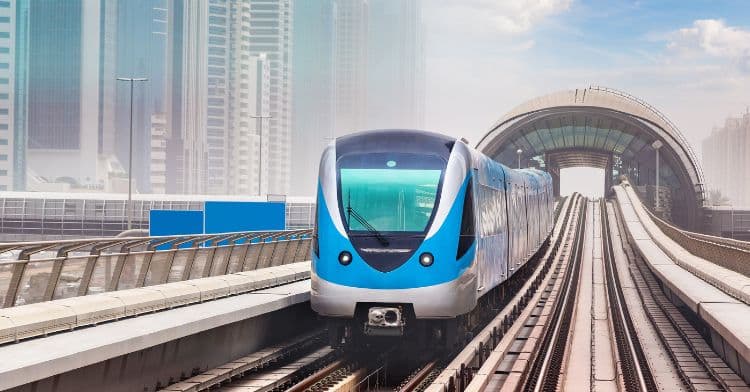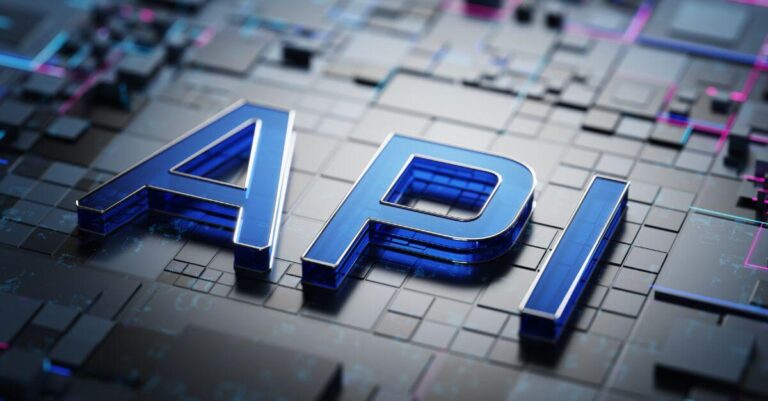Deutsche Bahn (DB), Ericsson, O2 Telefónica, and Vantage Towers have joined forces to build a 5G mobile communications infrastructure along German railway lines. The consortium has received approval for funding from the German Federal Ministry for Digital and Transport (BMDV), indicating government support for this project to enhance mobile communications coverage along train tracks.
This initiative, titled Gigabit Innovation Track (GINT), will receive around EUR 6.4 million ($6.9 million) from the German government. It forms a key part of the government’s gigabit strategy. The GINT collaboration aims to explore technical and financial possibilities for implementing robust and sustainable 5G mobile coverage along train routes.
The project intends to ascertain ways to accomplish the high data transmission rates required in the future and build the necessary infrastructure while conserving resources. A part of this project includes establishing a test site along an approximately ten-kilometer stretch in Mecklenburg-West Pomerania to test the technological methodologies and alternatives practically. The partners plan to construct ten innovative towers of various designs to ensure seamless gigabit coverage along the line.
Different tower designs, including ones that can be safely installed into the ground without concrete foundations, will be tested. Additionally, 5G testing will be conducted on O2 Telefónica’s 3.6 GHz frequencies.
Federal Minister for Digital and Transport, Volker Wissing, emphasized the aim to make trains a reliable mobile office or living space where passengers can work, stream videos, and make calls without technical interruptions. This project is considered crucial for achieving gigabit coverage.
Daniela Gerd tom Markotten, DB board member for digitalization and technology, emphasized that this project brings together the rail and telecommunications industries to expand the 5G network along German railway lines rapidly.
Valentina Daiber, chief officer legal and corporate affairs at O2 Telefónica, stressed the need for technological innovation and viable funding for speedy 5G implementation on trains.
Vantage Towers’ management board member, Christian Sommer, pointed out that the significant challenge of gigabit coverage for railways could be addressed only through consistent sharing of infrastructure, focusing on innovative tower concepts for fast, cost-effective, and environmentally friendly deployment.
























